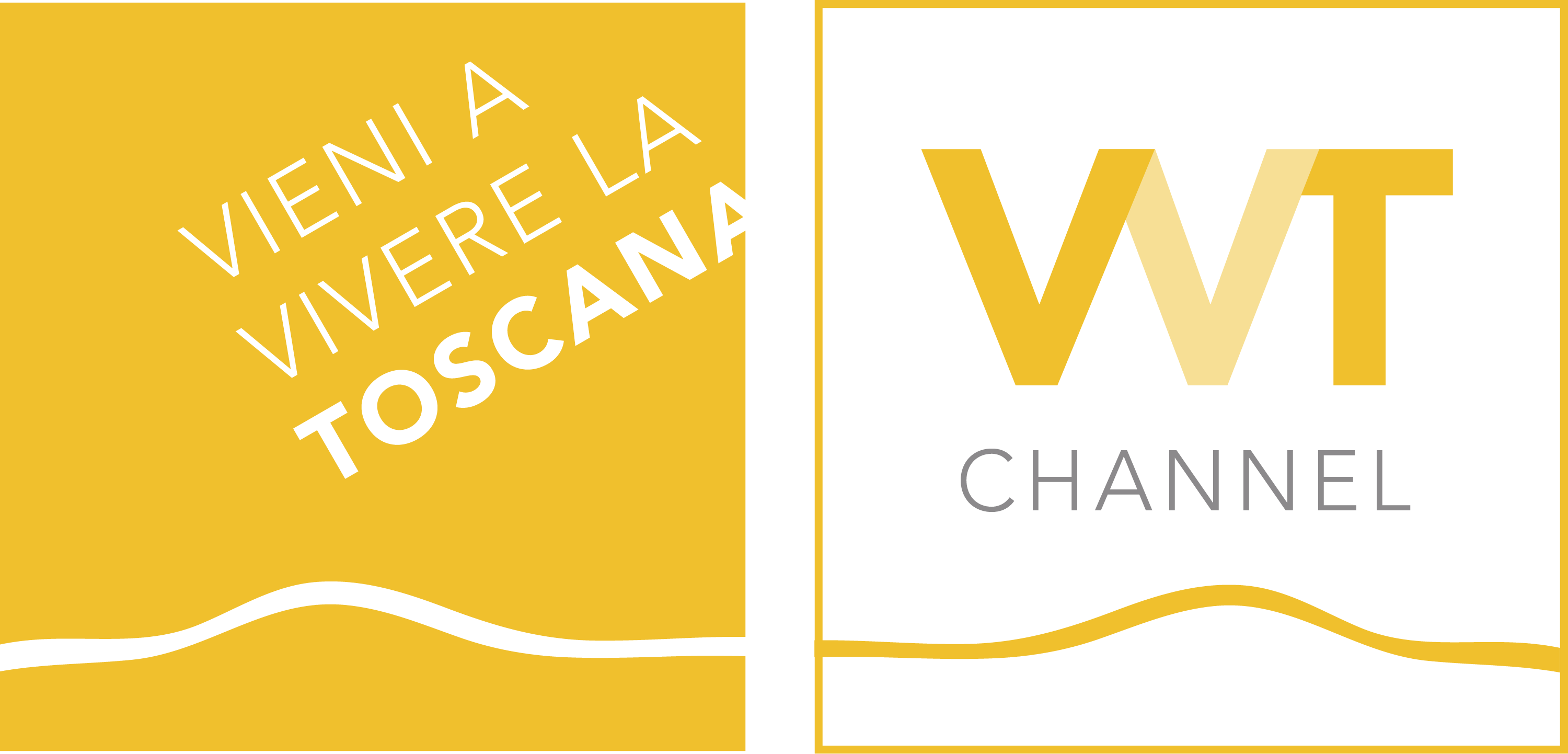Misterious Lucca
Lucca is a city of 88,776 inhabitants in northern Tuscany, capital of the province of the same name, whose metropolitan area is the main center of the Plain of Lucca.
Famous for its historical monuments, it is one of the few capitals to preserve its historic center, rich in ancient structures from various eras, completely surrounded by a 16th-century city wall on the whole intact and almost unchanged over the centuries. It is a notable art city of Italy. Officially of Roman origin, but on probable earlier settlements, Lucca, a city of merchants and weavers, maintained its autonomy as an independent state for several centuries until 1799 when the ancient Republic was supplanted, following the French conquest by Napoleon’s troops, giving rise to the Principality of Lucca and later the Bourbon Duchy of Lucca.
#To be seen
Walking the 4 kilometers of the city wall, now a scenic promenade surrounding the city center, one already has the feeling of visiting a unique city. Entering the city from the south, one immediately encounters the 13th-century Church of S. Romano, one of the greatest examples of Tuscan Baroque.
Then reach the Cathedral of St. Martin, a masterpiece of Romanesque art, with its 13th-century facade rich in multiform columns and portico adorned with beautiful bas-reliefs. Inside are two of the monuments dearest to the people of Lucca: the Volto Santo, a wooden crucifix, and Iacopo della Quercia’s masterpiece, the funeral monument of Ilaria del Carretto, wife of Paolo Guinigi, lord of Lucca in the early 15th century.
Also visit the Cathedral Museum located here, with a valuable historical and artistic heritage.
A short distance away is the Palazzo Pretorio, a 16th-century building under whose loggia the monument to Matteo Civitali is housed; in the immediate vicinity is the birthplace (now a museum) of Lucca’s best-known musician Giacomo Puccini.
Continuing along Via Fillungo, the center of Lucca’s shopping district, we come to the Roman-era Piazza Anfiteatro, the scene of commercials for major international brands. Continuing north, Via Fillungo opens into another beautiful square, S. Frediano, where stands the basilica dedicated to the saint who was bishop of Lucca. The white marble facade is dominated by a large Byzantine-style mosaic of the Ascension of Christ, attributed to the Berlinghieri school, which flourished in Lucca in the 13th century.
Finally, do not miss a visit to the Botanical Garden, established in 1820 for the Royal University of Lucca: it houses centuries-old trees, rare and exotic plants but also medicinal plants from Lucca’s agricultural and food tradition.

Museo della Cattedrale di San Martino
Built at the behest of San Frediano in the second half of the 1500s, the cathedral recounts the transformations that took place in Lucca, bears witness to the passage of pilgrims thanks to the Holy Face, and holds sweet masterpieces such as the effigy of Ilaria del Carletto.
Casa natale Giacomo Puccini
The birth house of Giacomo Puccini, which has been open since 1979, houses precious objects that belonged to the musician including some compositions from his famous opera Turandot. As many as five rooms can be visited: music room, Memories room, Triumphs room, study and attic. The last restoration was in 2011.


Piazza Anfiteatro e Via Fillungo
Characteristic for many things: part square, part archaeological site and part dwelling and workshop. This place contains, in itself, so much history.
Il caratteristico Orto botanico
Scientific rigor and aesthetic involvement, the Lucca Botanical Garden boasts of living collections, plaster reproductions and a dedicated library. Research activities, thematic displays and market exhibitions such as Murabilia.

#Curiosities and funfacts
The Palio delle Contrade has a history dating back thousands of years, the result of military ingenuity and traditions in order to defend the city from the constant attacks it was forced to face in order to defend its prestige and its people. The crossbow experienced its greatest use during the Middle Ages; its use as a means of defending Lucca’s city walls is documented in several historical sources. The earliest of all is a missive dated 1169, sent from Lucca and addressed to the Republic of Genoa, in which a number of crossbowmen were requested on loan to the Ligurian power to swell the ranks of the Lucchese marksmen in order to better defend themselves against the constant assaults of Pisa.
Unique experiences
If you are in Lucca between October and November, it is impossible not to miss a week among the stands, courses, meetings, and conferences of Lucca Comics, one of the most important fairs in the world entirely dedicated to comics, animation and games.
Contact us
AREA MANAGER
Dr. Dario Patera
EMAIL
marketing@vieniaviverelatoscana.it
PHONE
+39 333 788 1024
LOCATION
Firenze – Pisa – Lucca
